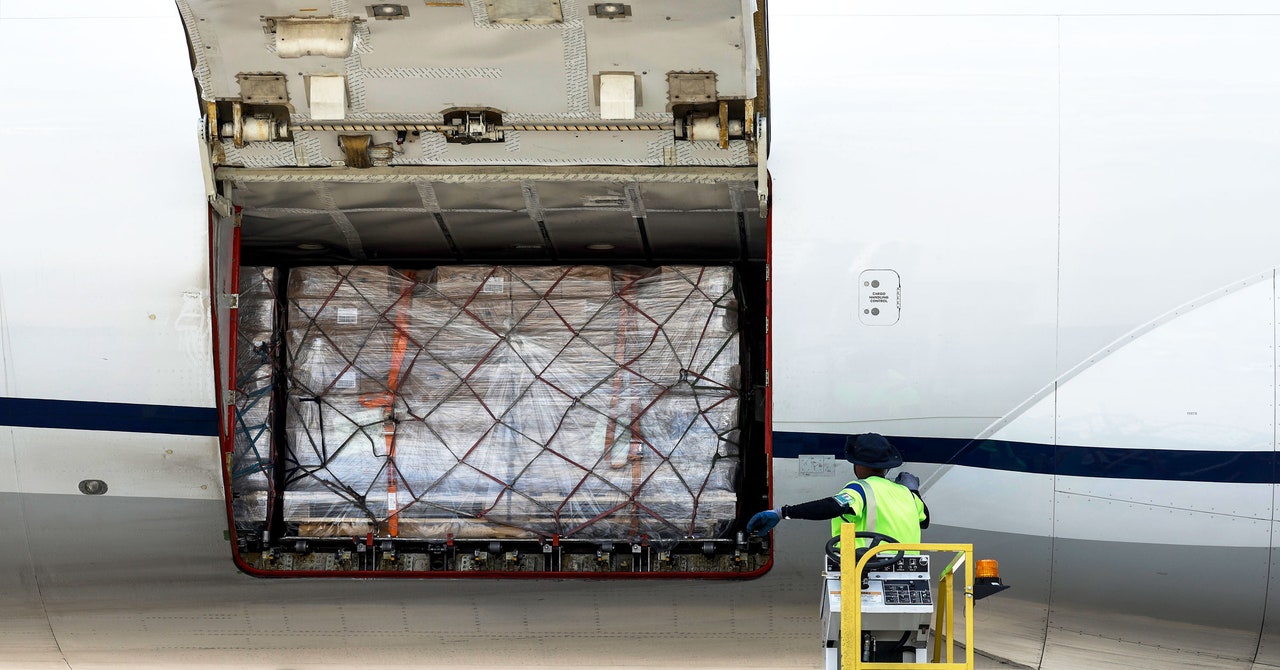
Arktis’ detectors can also be installed in doorways or used in luggage-handling locations. They work entirely passively but are different from Geiger counters, the best-known radiation detectors. Special material inside Arktis’ devices reacts when it is exposed to the subatomic particles emitted by radioactive substances. This reaction produces a tiny amount of light—scintillation—which is measured by sensors and subsequently processed by computer algorithms.
Because different radioactive substances prompt distinct emissions of light, it’s often possible to tell immediately what kind of material has been detected—an isotope of uranium or cobalt, say. Panniello explains that his company can integrate notifications into security systems so staff receives automated alerts on their smartphones when radioactivity is found nearby. Detections could also be flagged at central security hubs, where an appropriate response can be coordinated.
His firm also makes a drone equipped with a radiation sensor. That’s not so useful at airports, but it could help investigators scan a wide area to locate discarded radioactive material.
From smoke alarms to industrial gauges to medical teletherapy machines, there are many examples of objects and devices that contain radioactive material. Not all present a risk of harm, but some do. And there is concern that some landfill sites or waste piles have been contaminated by people carelessly throwing away more dangerous sources of radioactivity.
A report published last year by Zenobia Homan, who is at King’s College London, and colleagues noted the challenges some South Asian countries face, for example, in ensuring careful disposal of radioactive substances. “There’s people who hunt for this specifically, they might try and steal it, or smuggle it to sell the material,” she says. In May 2021, investigators discovered a scrap dealer in India who had reportedly collected 7 kg of uranium. Officials arrested two men who had allegedly been trying to sell the uranium online.
When radioactive matter is improperly discarded and later discovered like this, the consequences can be chilling . Take the Goiânia accident. In 1987, two men in Brazil stole parts of a teletherapy machine from an abandoned radiotherapy institute in the city of Goiânia. They suffered radiation sickness almost immediately, experiencing vomiting and diarrhea, among other symptoms, but continued to dismantle the machine, which unbeknownst to them contained the highly radioactive isotope Caesium-137. A few days later, they sold some of the machine’s parts to a scrapyard.
The owner of the scrapyard found a glowing blue powder inside one of these parts, which he and members of his family extracted and handled, completely unaware of the dangers. His 6-year-old niece, Leide das Neves Ferreira, even played with the powder, painting it on her face. She and three other people died as a result of radiation exposure. Around 250 people were contaminated in the incident.
There are other similarly bizarre and tragic examples. In Kramatorsk, Ukraine, lost Caesium-137 from a measuring instrument at a quarry ended up in concrete and subsequently the wall of an apartment building. Successive residents in the 1980s were exposed to radiation as a result. At least two children died before the source was discovered.
Given that there are many sources of radiation, of varying strengths, out in the wild, constant vigilance is required. Last month, the International Atomic Energy Agency published a report on the theft of a teletherapy machine in Mexico in 2013. The machine contained Cobalt-60 and was removed from its shielding before being left in a field. A member of the public who found the machine suffered radiation injuries to their left shoulder and right leg.
Both Homan and Ghiassee say that international regulations and monitoring protocols for radioactive materials have improved greatly over time, especially at national borders—the result being discoveries like the one made at Heathrow in December. Yet there are still gaps in these defenses. Certain countries don’t have the capabilities to detect the movement of radioactive and nuclear material across borders, says Ghiassee.
Panniello says that some nations ought to be more proactive in screening for radioactivity at airports. “The UK is one of those countries where there is the right amount of attention to those things,” he says. “But it is an exception.”


